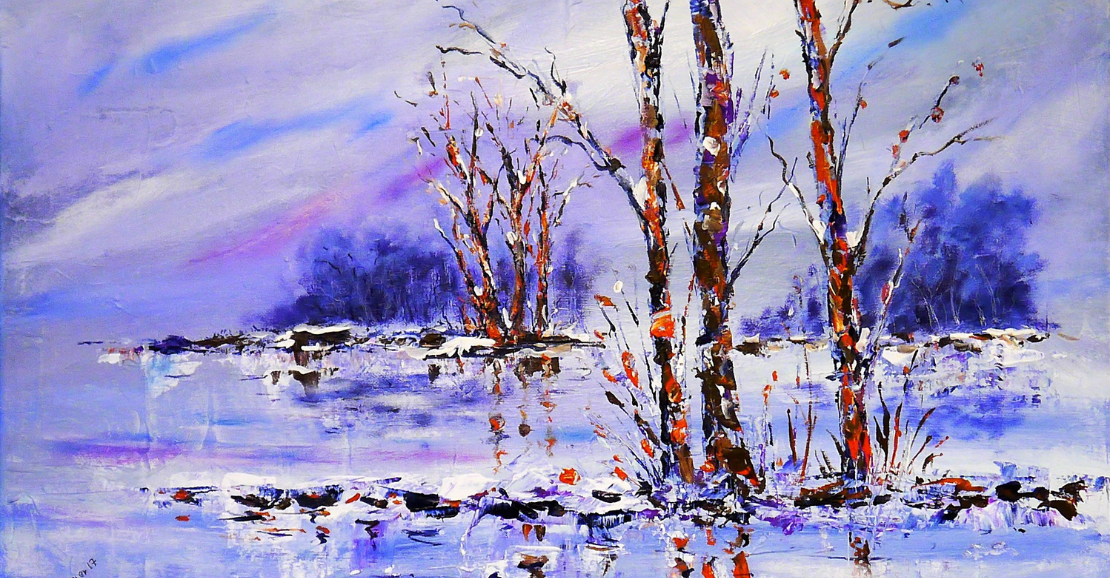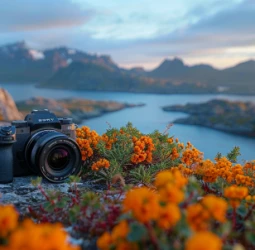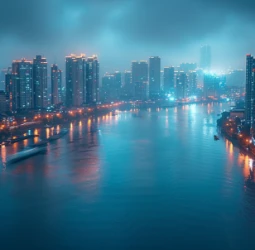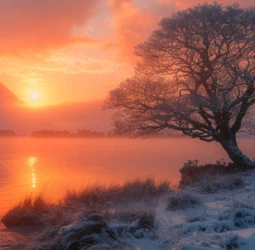Mastering the Art of Lighting The Ultimate Guide to Natural Light Photography, Artificial Lighting Setups
Lighting is a crucial aspect of photography that can make or break an image. Whether you are a professional photographer or just a hobbyist, understanding lighting techniques is essential in capturing the perfect shot. There are two main types of lighting used in photography - natural light and artificial light. In this article, we will delve into the various lighting techniques and how to utilize them effectively to enhance your photographs.
Natural Light Photography:
Natural light is the most readily available and often the most beautiful light source for photography. It is free, and its intensity and quality change throughout the day, giving photographers endless possibilities to work with. To create stunning images using natural light, understanding its direction and intensity is crucial. The direction of the light can affect the mood and atmosphere of a photograph. For instance, side lighting can create dramatic shadows, while back lighting can add depth and dimension to the subject.
The time of day also plays a significant role in natural light photography. The golden hour, which is the hour after sunrise and before sunset, is known for its warm and soft light, making it ideal for outdoor portraits. Conversely, midday light can be harsh and unflattering for portraits, but it can be used creatively for high contrast and dramatic shots.
Artificial Lighting Setup:
In situations where natural light is not available or insufficient, photographers often turn to artificial lighting. Artificial lighting setup involves the use of different equipment such as strobe lights, flashguns, and continuous lights to illuminate the subject. It requires more technical knowledge and skill, but with practice, it can be a powerful tool in creating professional-looking photographs.
The most common type of artificial lighting used in photography is a three-point lighting setup. This setup comprises of a key light, fill light, and backlight. The key light is the main light source that provides the majority of the illumination on the subject, while the fill light helps to reduce harsh shadows created by the key light. The backlight adds depth and separation to the subject from the background.
Reflectors and Diffusers:
Reflectors and diffusers are essential accessories used in both natural and artificial lighting setups. Reflectors bounce back light onto the subject, filling in shadows and creating a more even lighting across the image. They come in various shapes, sizes, and colors, giving photographers the flexibility to manipulate the light according to their needs.
Diffusers, on the other hand, are used to soften harsh light, creating a more pleasing and natural look in photographs. They come in the form of translucent materials that diffuse the light, making it less intense and more flattering for portraits.
Utilizing both reflectors and diffusers can help photographers achieve a more balanced and flattering lighting in their images. They are also lightweight and portable, making them convenient to use in outdoor or on-location shoots.
In conclusion, lighting techniques play a vital role in photography. Whether you are shooting with natural light or using artificial lighting setup, understanding the direction, intensity, and time of day can help you create stunning images. Don't be afraid to experiment with different lighting techniques and accessories to add depth and interest to your photographs. With practice and patience, you can master the art of lighting and take your photography to the next level.



 olivia
olivia
















